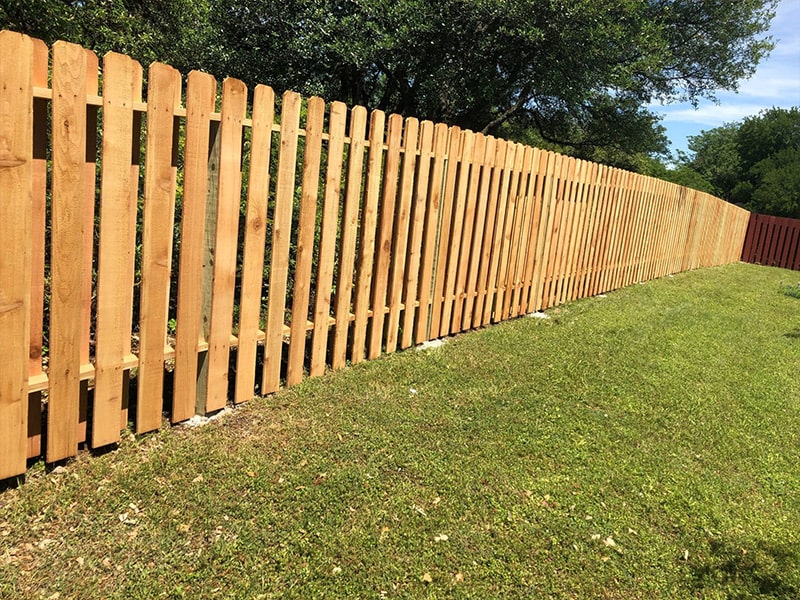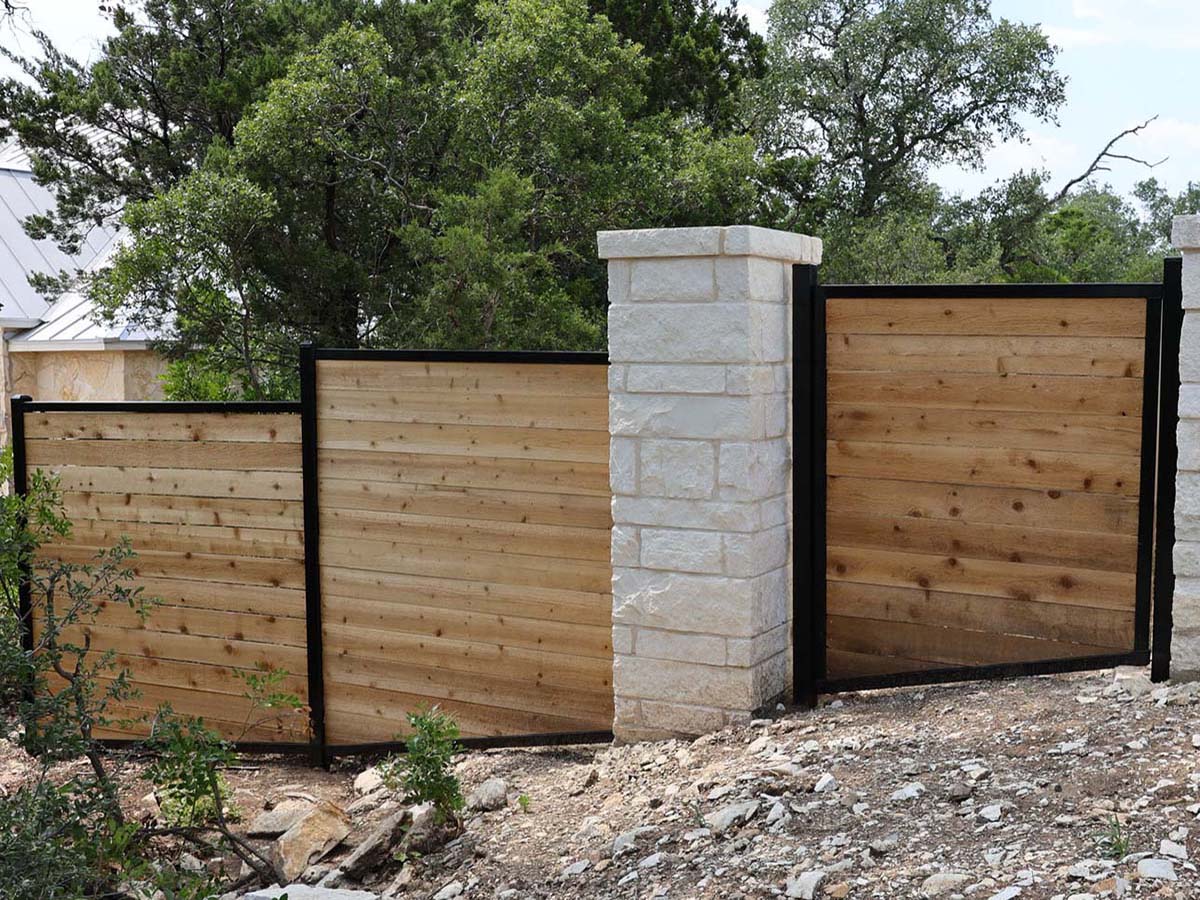All Categories
Featured

Picking the right type of fence for your residential or commercial property is a significant choice that can impact both the aesthetic appeals and performance of your space. Whether you're seeking privacy, security, or merely an ornamental attribute, there are numerous factors to take into consideration when selecting the ideal fencing. Below are some crucial considerations to assist guide your decision-making process.
- Determine the Objective of the Fencing. The first step in choosing the ideal type of fencing is to clarify its objective. Different fences offer various functions, and comprehending your certain needs will certainly aid narrow down your choices. Think about the following:
Personal privacy: If you're looking for personal privacy, a strong and tall fence such as timber or vinyl will certainly stop spying eyes from seeing into your yard. Safety and security: For safety and security purposes, a strong, high fencing made from light weight aluminum or steel can hinder burglars and supply comfort. Visual Charm: An attractive fencing made from wrought iron, aluminum, or picket-style timber can include appeal and visual attract your home. Family Pet or Pet Containment: If you need to have pets or animals, a durable fence like chain web link or timber may be essential to avoid them from escaping. 2. Think about the Material. It's time to pick the material as soon as you have actually developed the fence's main objective. Each type of product features its very own collection of obstacles and benefits. Here are some typical products to consider:
Wood: Wood fencings are flexible and customizable, providing personal privacy and a traditional appearance. They're optimal for typical homes or rural residential properties but call for regular maintenance to stop bug, warping, or rot invasion. Vinyl: Plastic fences are low-maintenance, resilient, and offered in a selection of designs. They won't crack, warp, or discolor, making them an excellent choice for those who want a durable, hassle-free fence. Vinyl can be extra pricey upfront than timber. Light weight aluminum: Light weight aluminum fencings provide a smooth, contemporary appearance and are sturdy, rust-resistant, and call for marginal maintenance. However, they usually do not use as much privacy as wood or plastic, as the slats are often spaced apart. Chain Web link: Wire mesh fence are typically made use of for safety and security or to contain pets. They are resilient and budget friendly, yet they don't give much personal privacy or visual charm unless you include slats or privacy screens. 3. Consider the Environment and Maintenance Demands. Your region's climate can significantly impact the life-span and maintenance needs of your fence. If you stay in an area with high moisture or regular rain, materials like wood may need extra treatment to avoid rot or mold and mildew growth. On the other hand, vinyl and aluminum fences are resistant to the elements and call for a lot less upkeep.
In addition, take into consideration the quantity of time and effort you agree to devote to fence maintenance. Timber fences need normal discoloration or painting to maintain their look, while plastic and aluminum need far less upkeep.
- Consider Resilience and Lifespan. Consider how much time you want your fence to last. , if you're looking for a fence that will certainly last for decades with little maintenance, vinyl and aluminum are excellent selections.. While timber fences can last 10-20 years with proper treatment, they may not endure the examination of time in addition to various other materials.
Additionally, consider your spending plan. Products like timber and chain link have a tendency to be even more budget-friendly upfront, while plastic and aluminum have a tendency to find with a higher preliminary price but use lasting durability.
- Suit the Fence to Your Property Design. The sort of fencing you pick need to match the total feel and look of your building. A well-chosen fence can boost your home's visual allure, while an inadequately chosen fence can interfere with it. As an example:
Traditional Homes: A classic timber picket fence or a wrought iron fencing functions well with older, extra typical homes. Modern Homes: For a modern appearance, streamlined materials like light weight aluminum or plastic can enhance contemporary design. Rural or Farm Characteristics: A wooden or cord fencing may be suitable for rural buildings or ranches, where usefulness is equally as important as appearances. 6. Inspect Local Rules and HOA Guidelines. Prior to making your decision, examine your regional zoning policies and any HOA (Homeowners Association) guidelines to make sure that your desired fencing complies with height limitations, product demands, and various other local regulations. Some locations have particular guidelines concerning the look of fences, especially in household areas.

Verdict. Picking the appropriate fencing for your home needs mindful factor to consider of your demands, spending plan, and the design of your home. Whether you're focusing on privacy, safety and security, or aesthetic appeal, there's a fence material and layout that will fit your demands. By taking into consideration the elements outlined above, you can make an informed choice and pick a fencing that will certainly improve the functionality and appeal of your home for many years ahead.
Latest Posts
Contact Us
Published Nov 24, 24
1 min read
Turning Your Wedding Dreams into Reality at The Claridge Hotel
Published Nov 24, 24
1 min read
Your Perfect Wedding Weekend Itinerary at The Claridge Hotel
Published Nov 24, 24
1 min read